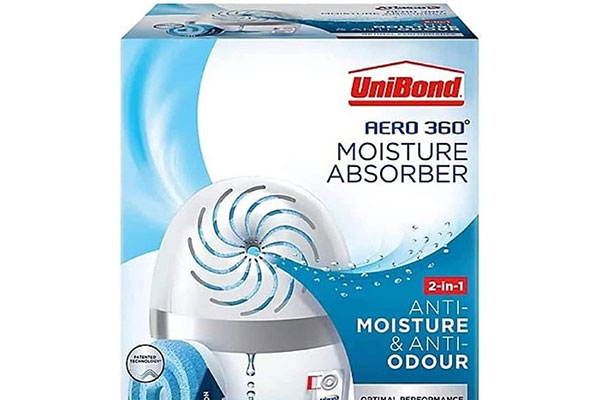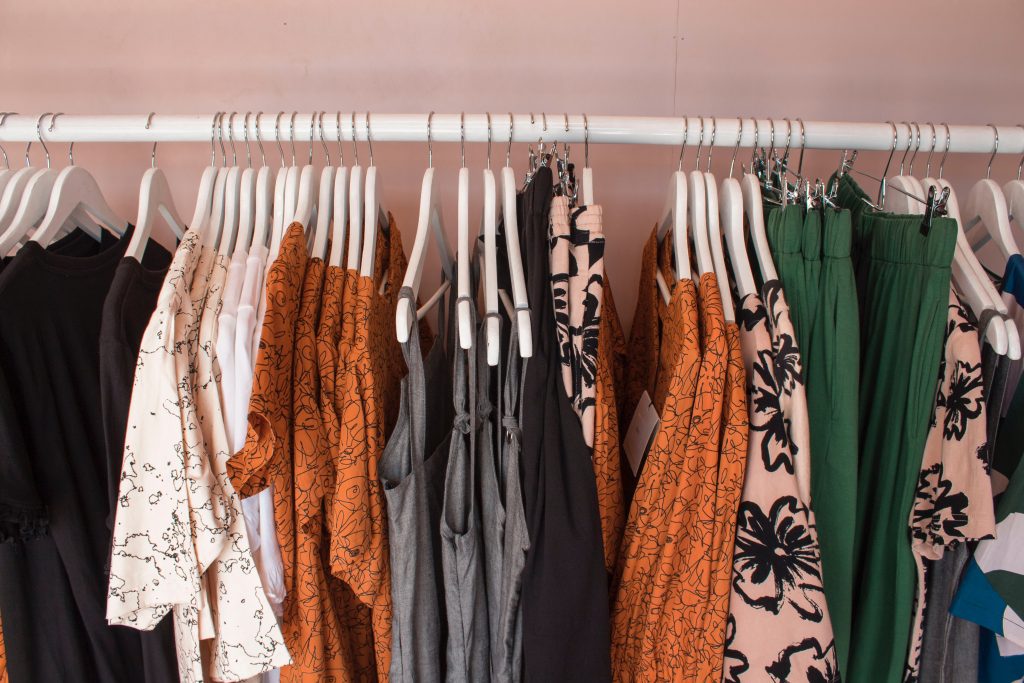How Much Does it Cost to Run a Dehumidifier?
Many people looking at purchasing a dehumidifier are unsure about dehumidifier running costs. We have made this easy for you by doing some research into the top models. Below, we have produced a handy table that anyone can use to quickly see what the running costs are of well-known dehumidifiers.
Generally speaking, dehumidifiers consume a small to moderate amount of electricity, 20 – 300 watts. Larger models generally consume more electricity than small/mini dehumidifiers but are more efficient. Energy usage often depends on the size, power and brand of the unit. For example, the Meaco ABC Range 12L uses 165 watts (£1.35/24hr) whilst the Pro Breeze 12L dehumidifier uses 220 watts (£1.80/24hr). It is also worth noting that desiccant dehumidifiers generally use more electricity than refrigerant types. The most energy-efficient dehumidifiers often cost more upfront but the energy savings will often pay for the difference over a period of time.

Meaco MeacoDry Dehumidifier ABC Range
- 12L
- Ultra-Quiet 35-40 decibels
- Low energy costs of 2.45p/hour based on 15.2p/kWh.
Dehumidifier Running Cost Calculator UK
Dehumidifier Running Costs
For your convenience, we have prepared a table with some of the most well-known dehumidifiers, their extraction rate, wattage and energy consumption in pounds. You can see that energy consumption amongst dehumidifiers can vary significantly, mini dehumidifiers, cheaper brands, and refrigerant types often use the least electricity.
| Model | Wattage | Extraction a day | Cost a day (24hr) | Initial cost |
|---|---|---|---|---|
| Pro Breeze 500ml | 23 | 0.25L | £0.19 | £ |
| Meaco ABC 12L | 160 | 10L | £1.31 | £££ |
| Pro Breeze 12L | 220 | 12L | £1.80 | £££ |
What can we see from this table? Primarily that larger and more powerful dehumidifiers consume more electricity. Energy consumption is one thing, but energy-efficiency is quite another. The cheapest to run dehumidifier may not be the most efficient. For this reason, when looking at dehumidifiers, we recommend focusing on energy-efficiency rather than energy usage. We will take a closer look at that further into the article. We have previously reviewed the 3 most energy-efficient dehumidifiers in this article.
Dehumidifier Running Costs – Refrigerant Vs Desiccant
As we mentioned earlier, the type of dehumidifier you purchase will have a huge impact on energy usage. Desiccant dehumidifiers use significantly more energy than their refrigerant cousins because a heating element is involved. One of the upsides of this is that a desiccant dehumidifier can actually warm a room which we have written about here. To illustrate this, here are some of the top desiccant and refrigerant models.
| Model | Type | Wattage | £/day (24hr) | Extraction a day |
|---|---|---|---|---|
| Meaco ABC 12L | Refrigerant | 160 | £1.31 | 10L |
| Pro Breeze 12L | Refrigerant | 220 | £1.80 | 12L |
| EcoAir DD1 Simple | Desiccant | 300 | £2.45 | 10L |
| Meaco DD8L | Desiccant | 650 | £4.90 | 8L |
What can we see from the table? We can see that refrigerant dehumidifiers typically use less energy than desiccant types. It is important to factor this difference in when choosing which type. There are some very important caveats on the refrigerant vs desiccant question, however:
- Desiccant dehumidifiers can warm a room by 10-12 Celsius (find out more here)
- Desiccant dehumidifiers MASSIVELY outperform refrigerant dehumidifiers at room temperatures below 15 Celsius.
- Real-world extraction rates for desiccant dehumidifiers are often higher than advertised.
- The wattage of desiccant dehumidifiers can vary drastically depending on the power setting.

Pro Breeze® 10L Desiccant Dehumidifier
- 2 power levels: High: 680W / Low: 370W
- Can work perfectly in low temperatures (down to: 1°C)
- Large 3L water tank
- 10L per day
So, on the surface, it appears that refrigerant dehumidifiers would be the go-to choice for energy usage, but this isn’t true. In colder rooms, a desiccant dehumidifier will be much more efficient than a refrigerant type, despite the increased running costs. Energy consumption also varies drastically based on fan speeds. It can be further reduced if the dehumidifier has a humidistat or timer.
Is It Expensive To Run a Dehumidifier?
In general, no it isn’t, but it can be. Most dehumidifiers consume less than 200 watts which currently equates to £1.63 per 24 hours. 24-hour usage is not always required and models with a humidistat or timer can help bring the energy usage down. We do recommend that you run a dehumidifier 24 hours a day if you have serious damp issues to deal with.
Desiccant models can be more expensive to run, especially at high fan speeds, up to 500 watts which would equate to £4.08 a day. Desiccant models often have higher than advertised extraction rates and can warm a room by 10-12 Celsius (find out more here).
Energy-Efficient Dehumidifiers Pay For Themselves
So, we have seen that energy usage depends on factors such as dehumidifier type, brand and extraction rate. Throughout our time reviewing dehumidifiers, we have noticed that higher-end brands are often more energy-efficient than cheaper lower quality models.
Let’s take two refrigerant dehumidifiers as an example. Dehumidifier A has a 12L extraction rate, consumes 165 watts and costs £200. Dehumidifier B has a 12L extraction rate, consumes 220 watts and costs £150. You might be tempted to buy dehumidifier B to save £50, but this would not be correct. Let’s take a look at running costs to see if this is worth it.
Dehumidifier A consumes 165 watts, £1.35 a day which is £492 a year if left on constantly. Dehumidifier B consumes 220 watts, £1.80 a day, and £657 a year. This really is shocking and shows you just how much difference energy usage can make in a long term. Always take energy usage into consideration when choosing a dehumidifier.
Cheapest Dehumidifier To Run

Pro Breeze 12L/Day Dehumidifier
- 220W – Very Efficient
- Extracts up to 12L of water per day
- 1.8L water tank
- 24 Hour Auto-on and Auto-off timers
- Auto, Continuous, and Sleep modes
- Automatic humidity sensor (Humidistat)
- Defrosting system and continuous drainage
- Operating range: 5 – 32 °C
- Quiet Operation 40dB
As we have seen, it is easy to compare the energy efficiency of two dehumidifiers with the same extraction rate. It becomes slightly more difficult when comparing different-sized units. In this case, we would use pounds (£) per litre extracted (L), this gives us a reasonable benchmark to compare different dehumidifiers. We won’t include any desiccant dehumidifiers simply because their extraction rate is often more than advertised and they are used in more specific scenarios such as cold rooms.
| Model | Watts | Litres/day | £/day (24hr) | £/Litre |
|---|---|---|---|---|
| Pro Breeze 500ml | 23 | 0.25 | £0.19 | £0.76 per L |
| Meaco ABC 12L | 165 | 12 | £1.35 | £0.11 per L |
| Pro Breeze 12L | 220 | 12 | £1.80 | £0.15 per L |
The results of this are extremely interesting and confirm our suspicions. Whilst mini dehumidifiers consume less electricity than larger models, they are significantly less efficient.
Cutting the Cost of Using a Dehumidifier
A dehumidifier can be a highly effective tool for improving air quality in your home, preventing mould, mildew, and damp-related issues. However, running a dehumidifier can sometimes lead to high energy bills. Here are some strategies to help you reduce the cost of using a dehumidifier in the UK:
1. Choose the Right Size:
- Select a dehumidifier that is appropriately sized for your space. Using a unit that is too small will cause it to work harder and potentially use more energy, while a too-large unit will use more power than necessary.
2. Opt for an Energy-Efficient Model:
- Consider purchasing a dehumidifier with an energy star rating or one that is known for energy efficiency. These models may be more expensive upfront but will save you money in the long term.

Energy Efficient Dehumidifier
Meaco MeacoDry ABC Dehumidifier 12L – Ultra Quiet Dehumidifier
3. Regular Maintenance:
- Regularly clean and maintain your dehumidifier to ensure it operates efficiently. Clean the filters and the coils, and ensure the unit is in good working condition.
4. Optimise Placement:
- Position your dehumidifier in the most humid part of your house and ensure that air can circulate freely around it. Proper placement will allow the dehumidifier to work more efficiently.
5. Use a Timer or Humidistat:
- Utilize a timer to run the dehumidifier during off-peak electricity hours (usually at night) to take advantage of lower energy rates. Alternatively, a humidistat can automatically turn the dehumidifier on and off based on the humidity levels, ensuring it only runs when necessary.
6. Seal Your Home:
- Ensure your home is well-sealed and insulated to prevent excess moisture from entering. Address any issues with damp, such as leaking pipes or roofs, which will make the dehumidifier work harder.
7. Set the Right Humidity Level:
- Set your dehumidifier to maintain a relative humidity of around 50-55%. Higher settings may cause the unit to work harder than necessary.
8. Use It Seasonally:
- Only use the dehumidifier when it’s needed, typically during the more humid months. There’s no need to run it during drier seasons, and this will save energy and cost.
9. Upgrade to a More Efficient Unit:
- If your dehumidifier is old and inefficient, consider investing in a new, more energy-efficient model that will cost less to run.
Final Thought
Dehumidifier running costs may appear quite simple on the surface. As we have seen though, there is a lot more than meets the eye when establishing what the running costs of a dehumidifier are. Buying a cheaper dehumidifier might be appealing, but we have seen that buying a more expensive and energy-efficient model can save you a significant amount of money over time! When comparing energy efficiency, we must look at the £ per litre of water extracted, this gives us a more realistic picture of energy efficiency. Please refer to our best dehumidifiers guide if you are considering buying a dehumidifier. We hope you found this article useful, please contact us if you have any further questions.
Last update on 2025-02-28 / Affiliate links / Images from Amazon Product Advertising API







